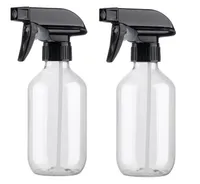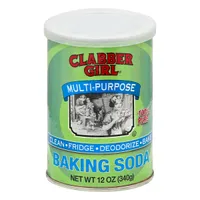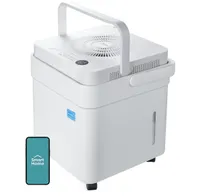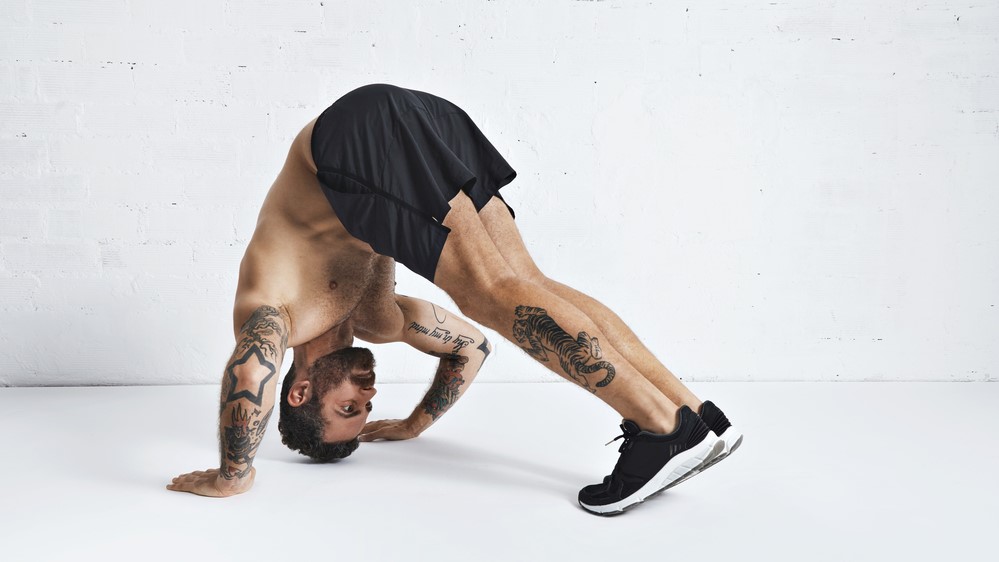Experts recommend leaving a bowl of rice in your wardrobe this November — here's why

The winter months are prime time for mold to take hold in your home. And once you have a mold problem, it can be near-impossible to remove. The combination of your warm home and the colder outside air can cause high levels of humidity and condensation indoors, which creates the ideal environment for mold growth.
But there are some areas of your home which are more prone to mold than others, and one of the easiest places for mold to take hold is your wardrobe. This is because it's a closed-off area with little airflow. And (if you're anything like me) it's often crammed to the brim with an excessive number of clothes, which in turn creates even less ventilation.
But according to Cat Wiltshire from Online-Bedrooms.co.uk, there are some simple fixes that can stop mold in its tracks this winter.
"We recommend fitting vents into wardrobes to help distribute the airflow," Wiltshire says, "and to use items like rice and baking soda to absorb moisture in the air.”
Here are her expert tips.
How to prevent mold in wardrobes
“Having a mold outbreak can be devastating to deal with, especially if all of the clothes are ruined beyond repair," says Wiltshire.
“It’s a common problem to deal with in the winter months, as the colder temperatures mixed with the warmth indoors can result in excess moisture in the air."
Get instant access to breaking news, the hottest reviews, great deals and helpful tips.
I recently invested in one of the best dehumidifiers to tackle the excessive levels of humidity in my home, but because wardrobes are closed off, they can still bear the brunt of any mold infestations that do occur.
Here are three home remedies worth trying in your wardrobe this winter.
1. Spray white vinegar
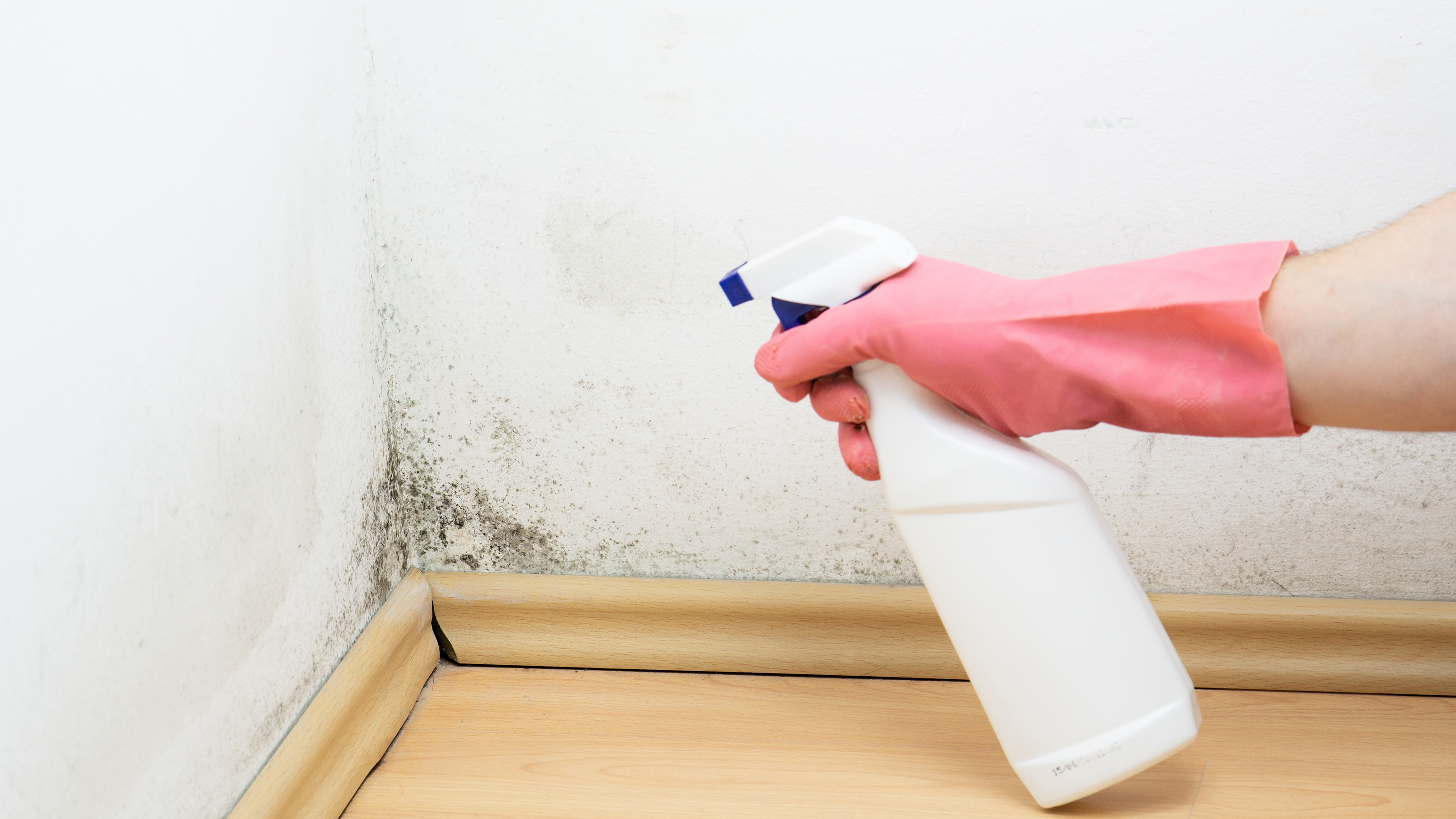
We all know by now that white vinegar is a miracle ingredient in the home. Its acidic properties make it antimicrobial in nature, capable of killing low levels of mold.
"A mixture of white vinegar and distilled white water can help to get rid of mold which has already started to form," says Wiltshire.
"Take all of the clothes in the wardrobe, dab some of the solution onto a cloth and then lightly wipe the area in a circular motion for the best results."
These simple spray bottles will allow you to decant your vinegar and mix it with water. Plus, they're reusable. Each bottle has an adjustable nozzle and adjustment modes from fine mist to a steady stream.
2. Use baking soda
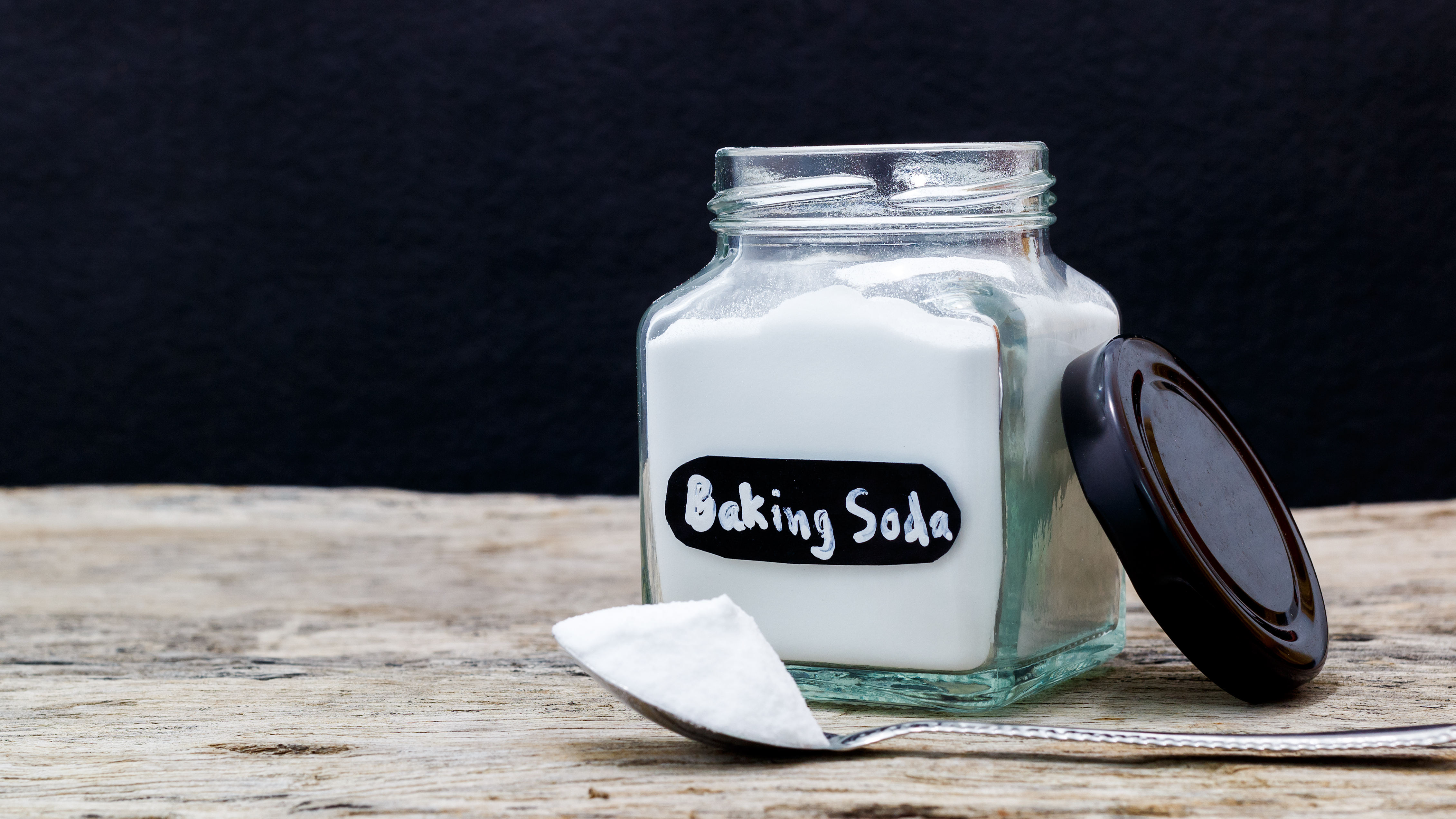
"Baking soda naturally absorbs the excess moisture surrounding it," says Wiltshire. "Place a bowl of it into your wardrobe to prevent a mold outbreak."
I'd try this by leaving a bowl permanently at the base of the wardrobe, but if you want to avoid spills, even a short spell will do.
"For best results, remove the clothes and leave the baking soda for around three to four hours."
Now we all know the miracle cleaning powers of baking soda, and I always have a supply at hand to cut my cleaning chores in half. Not only is baking soda great for baking, but can be used for removing stains and absorbing excess moisture.
3. The rice trick

We've all used rice to rid out phones of unwanted water, but this nifty hack could also work with high levels of moisture in the air. Rice is higly absorbent, and you likely have it on-hand, meaning it's a very cost-effective way of tackling the root cause of mold.
"A bag of rice can also help reduce humidity in wardrobes with alarming moisture levels in the air," says Wiltshire.
And if that doesn't work?
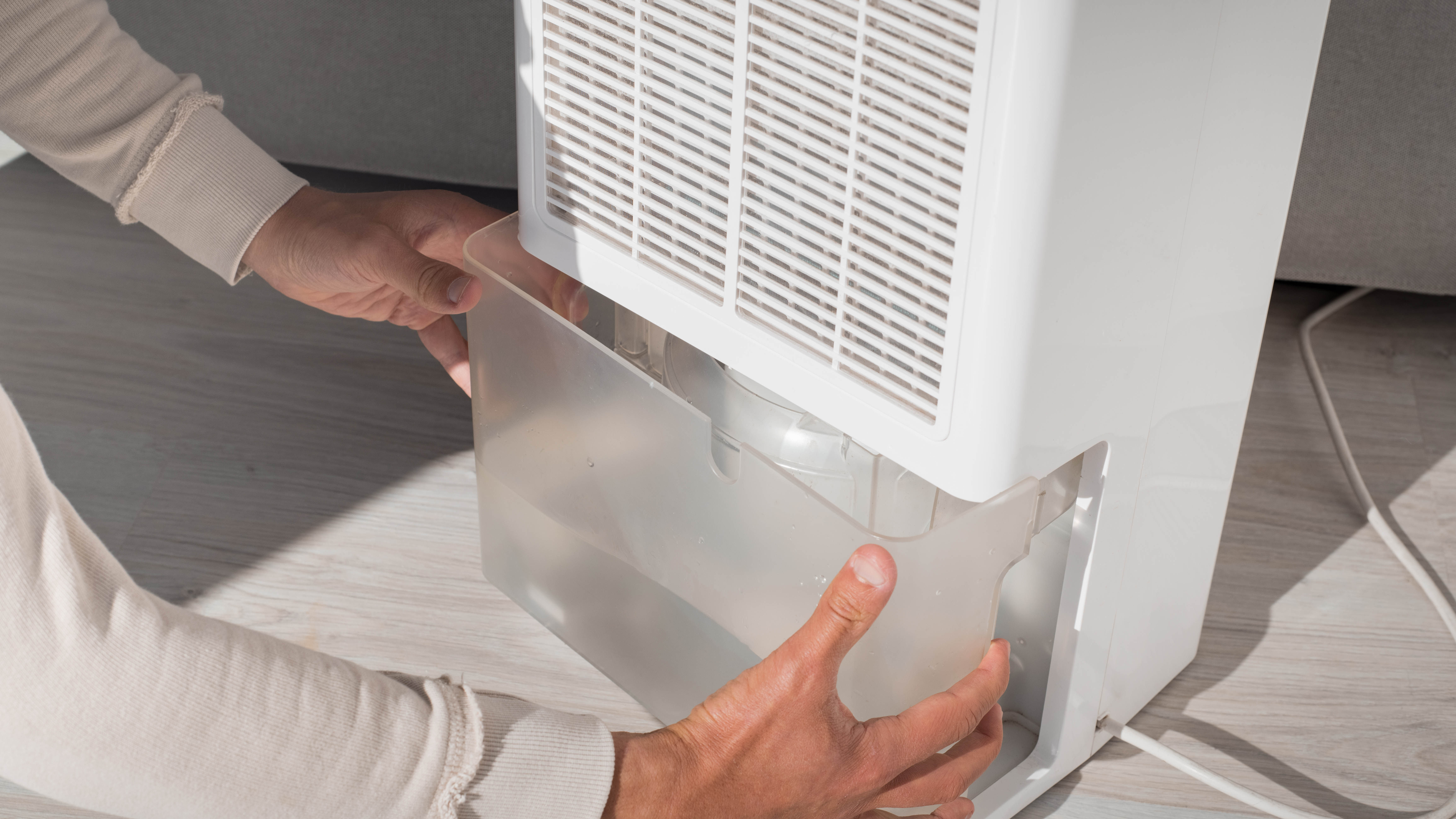
Dehumidifiers are miracle workers in extracting that excess moisture in the air, and all you need to do is pour it down your drain once it's worked its magic.
We awarded the Midea Cube our best budget pick in our dehumidifier buying guide. In our full review, we noted its clever nesting design, which makes it easy to store. It's also quiet and works fast to remove high levels of humidity.
The main tip recommended by Online Bedrooms is to install vents, which is a permanent solution to the issue of poor ventilation.
"Having vents built into the wardrobe can help distribute the airflow and reduce humidity," says Wiltshire. "Building vents will help improve air circulation and remove any excess moisture which can help fitted wardrobes directly on the back wall."
Follow Tom's Guide on Google News and add us as a preferred source to get our up-to-date news, analysis, and reviews in your feeds. Make sure to click the Follow button!
More from Tom's Guide

Millie is the Managing Editor of Homes at Tom's Guide. She's been reviewing home tech for over five years, testing everything from coffee makers to the latest vacuum cleaners.
With particular expertise in cookware and kitchen appliances, you'll struggle to find an air fryer Millie hasn't tested. She's traveled the world reporting on the latest home innovations and product launches, learning how to use pizza ovens from Pizzaiolos in Naples, and touring the De'Longhi factory in Venice. Millie is also an SCA-Certified barista.
When she's not reporting on home and appliance trends, Millie loves watching live music. She's currently learning the guitar - naturally, she plays a Fender.
You must confirm your public display name before commenting
Please logout and then login again, you will then be prompted to enter your display name.
